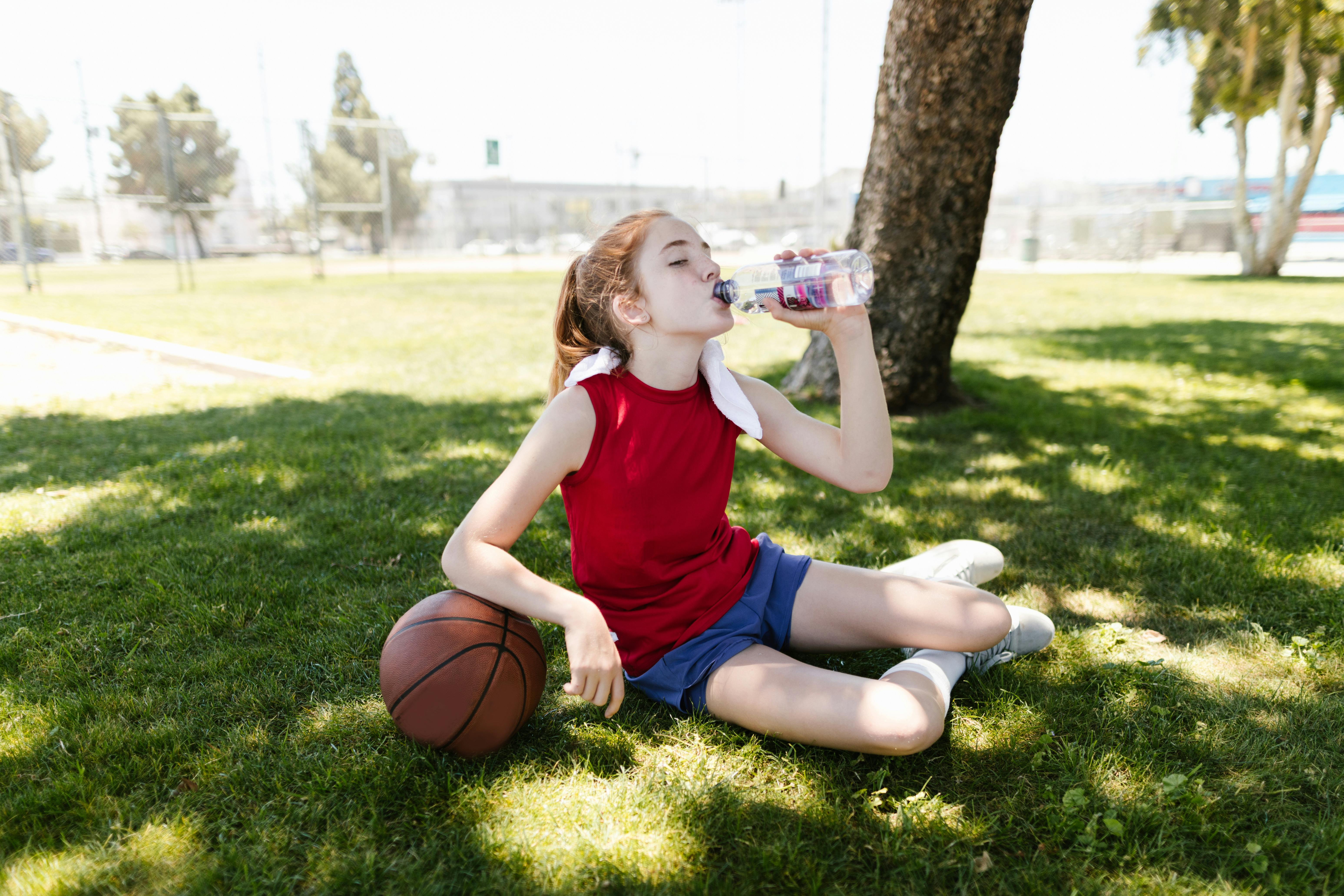Media release
From:
- Findings contradict previous health advice that children are more susceptible than adults to dehydration and hyperthermia in extreme temperatures
- But children are still at increased clinical risk due to being more physically active and less aware of the need to drink fluids
New research from the University of Sydney has found that children are at a similar risk of dehydration and hyperthermia in extreme heat as adults, contradicting previous advice that children are more susceptible to heat-related illnesses.
The study, published in the British Journal of Sports Medicine, was carried out by experts at the university’s world-leading Heat and Health Research Centre in collaboration with a team of experts at the University of Canberra. It is the largest controlled study of its kind, looking at the effects of high temperatures (up to 40 degrees Celsius) on 68 children aged between 10 and 16 years.
Professor Ollie Jay, director of the Heat and Health Research Centre, said: “Historically, children have been thought to be more vulnerable to heat stress during physical activity due to factors such as having a higher body surface area-to-mass ratio compared to adults.”
“However, when we studied the effects of extreme heat on children and compared them with the effects on adults, we found that children aged between 10 and 16 did not sweat differently to adults and their bodies heated up by the same amount. As a result, were not at a higher risk of dehydration or hyperthermia.”
Methodology
The researchers recruited 68 fit and recreationally active children aged 10-16 years old (31 girls and 37 boys) as well as 24 adults aged 18-40 years (11 females and 13 males). The participants completed three separate 45-minute treadmill trials at different intensities and at different temperature conditions – either 30 degrees Celsius with 40 percent relative humidity, or 40 degrees Celsius at 30 percent relative humidity.
Throughout the trial, participants’ core temperature was measured, with the rate of dehydration was determined by weighing the participants before and after the trial using high-precision digital scales.
Dr James Smallcombe, Senior Post-Doctoral Fellow who led the university’s data collection for the study said: “Though children responded the same as adults, parents and teachers need to make sure that children drink enough water to replace the fluids they are losing through exercise, as they are likely less aware that they are becoming dehydrated.”
To help parents and sports practitioners know how much fluid children should drink during sporting activities, the research team has developed a Sweat Rate Calculator. Though developed primarily for adults, the tool accurately estimates the fluid intake requirements for children based on measurements such as their height, weight, activity type and the temperature.
At present the tool only estimates the sweat rate for people taking part in cycling or running but it is hoped it will be expanded in future to cover other recreational activities.
-ENDS-
Research:
Smallcombe, James W., Jay, Ollie, et al. ‘Thermoregulation and dehydration in children and youth exercising in extreme heat compared with adults’ (British Journal of Sports Medicine, 2025)
DOI: 10.1136/bjsports-2025-109832
Declaration:
The study was funded by the National Health and Medical Research Council (NHMRC).



 Australia; NSW; SA; ACT
Australia; NSW; SA; ACT



